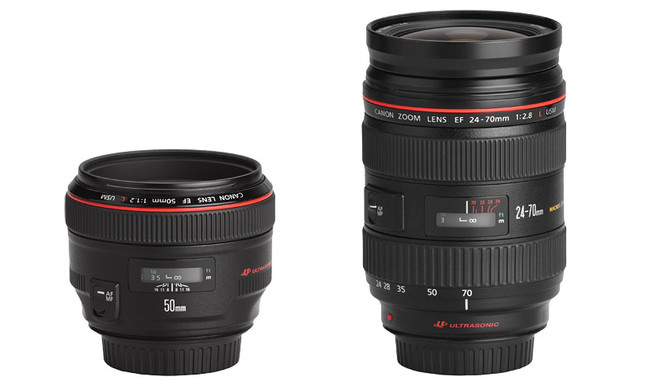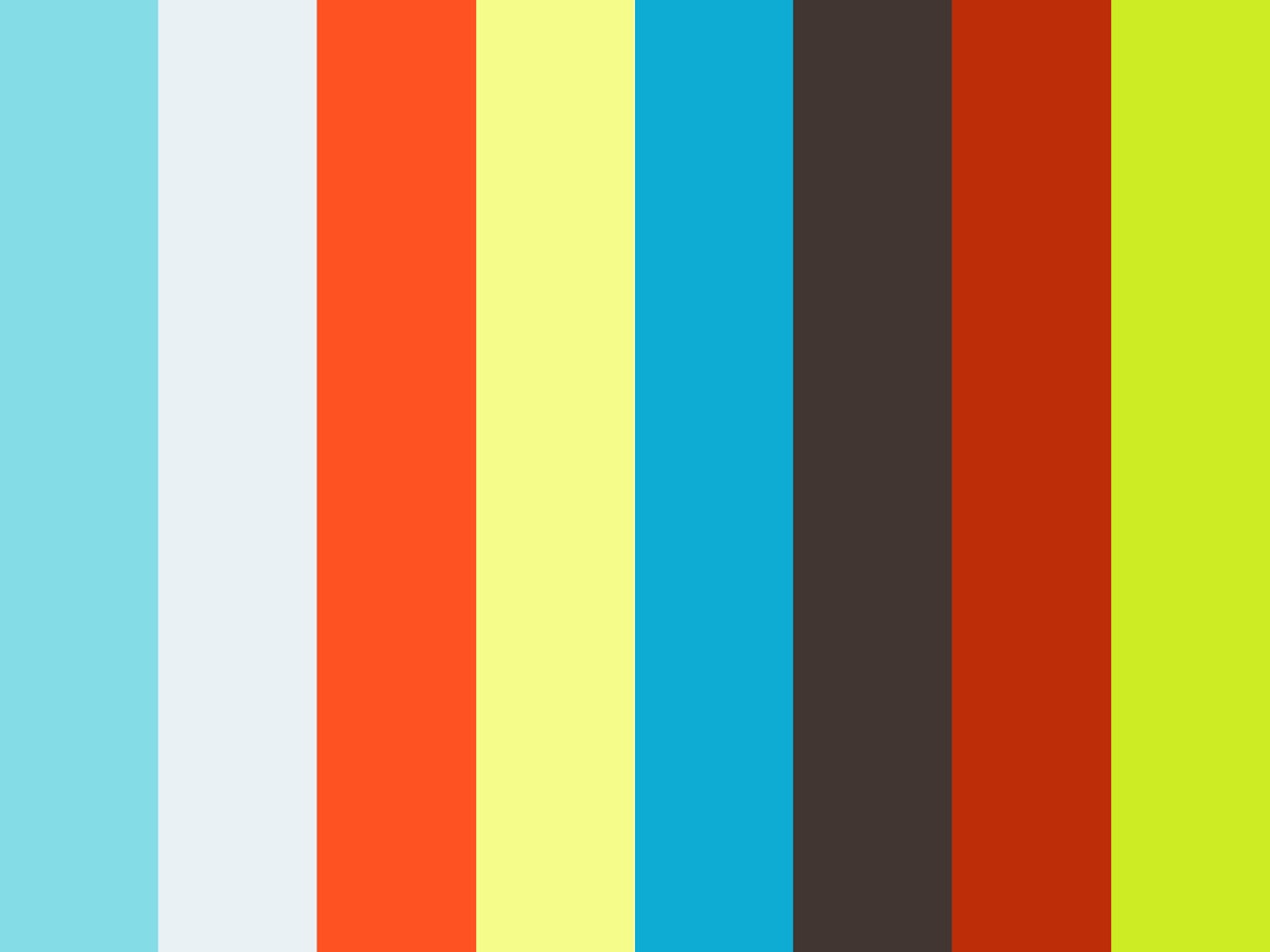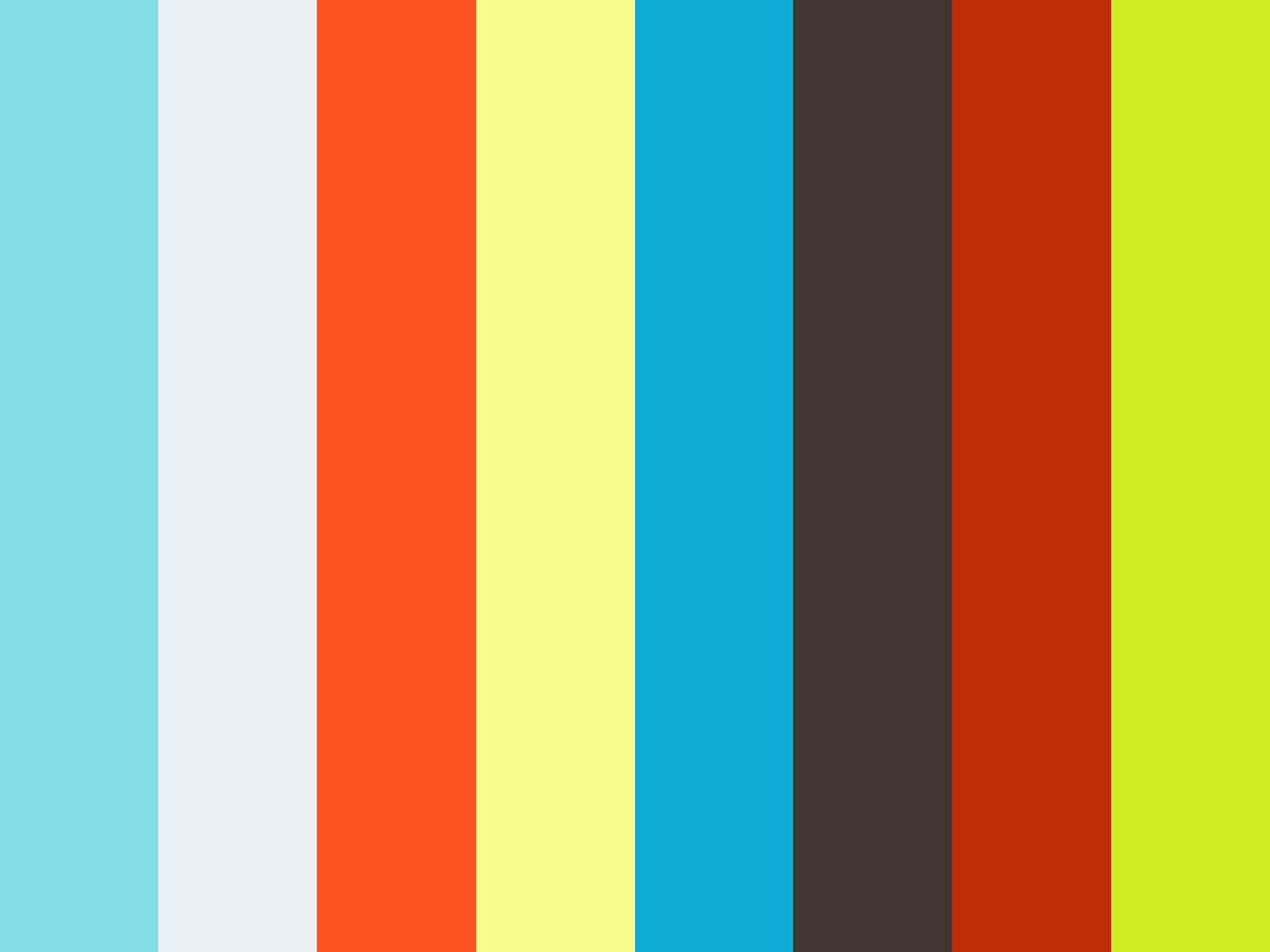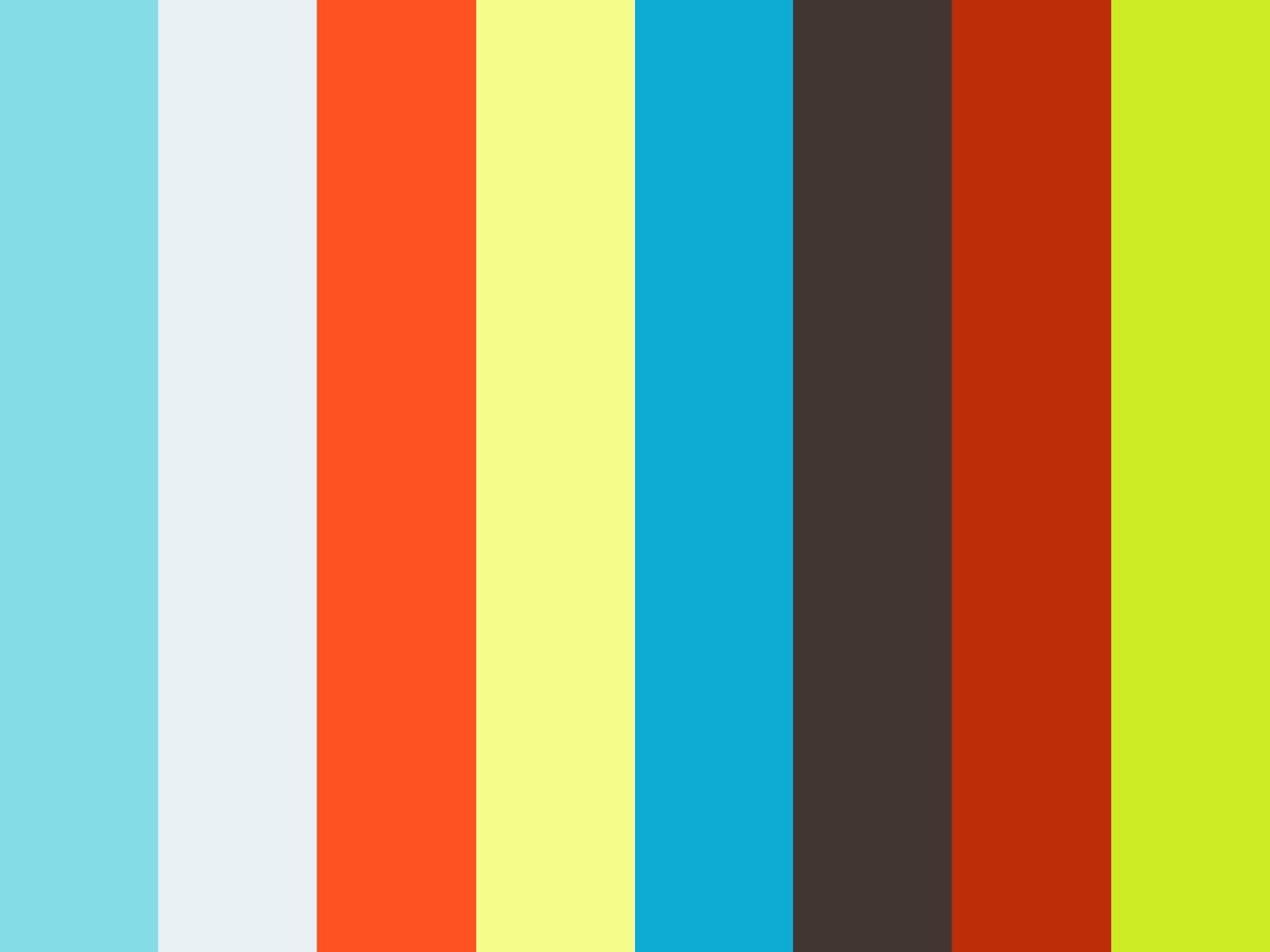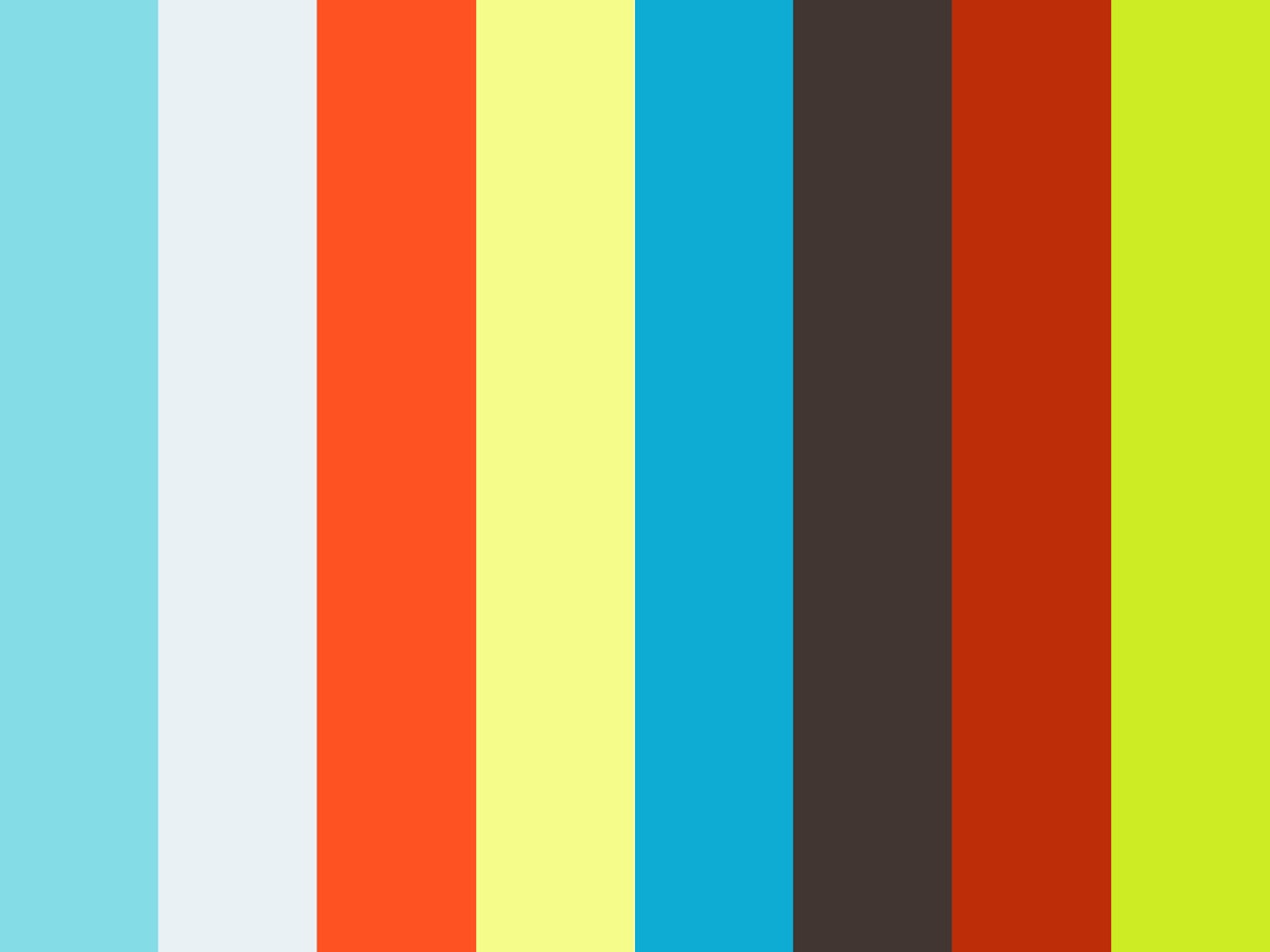Which Camera Lens Should I Buy?
One of the most common gear questions I get from people is: "What camera should I buy?" Honestly, this is the wrong question to ask.
What usually matters more than the camera is the lens that you attach to it.
A great lens can increase the quality of the image, create a nice blurred "bokeh" background effect, and completely change the mood of a given video or picture if used differently.
In this post I'm going to help you answer:
Should I get a zoom or fixed lens?
Which focal length should I get?
How low of an aperture do I need?
How much I should spend?
What specific DLSR lens should I buy?
Fixed vs Zoom Lenses
The decision between a fixed focal length (also called prime) and zoom lens is usually dependent on two things: versatility needed and picture quality. Both are great for different situations.
If the kind of videos you shoot and the setting in which you shoot them vary quite a bit, a zoom lens is probably best for you.
For example, when I've shot video at live events, like weddings or professional sports, having a zoom lenses is a must. You need to properly crop out distracting things from the frame quickly without the ability to move closer yourself.
If the videos you're making are in a completely controlled environment, like an office, living room, or studio, then you'll probably be better off with getting a great fixed focal length lens.
Personally, I only own fixed focal length lenses.
The main reason is that the picture quality on them is much better for that focal length than what you can get by setting a zoom lens at the same length. The glass inside of them is higher quality and made specifically for that focal length. They also go down to a lower aperture (f/1.2 or f/1.4) then you can get with zoom lenses (f/2.8 or f/4.0).
Aperture directly impacts getting a bokeh effect in the background, which we'll discuss next.
How do you blur the background?
If you're doing a talking head video with a distracting background, viewers aren't going to be able to easily focus on what you're saying. That is why you'll want to blur out the background in the shot, like the setup in our Fizzle sales video.
You can see that while there is a bookshelf behind me in the shot, you can't read any of the titles of them. They just create a natural and personal setting that makes the viewer feel like they are in the room with you.
To achieve this blurred background effect (or bokeh as it is called in photo and video lingo) you need two things.
A low aperture setting. (I usually shoot between f/2.8 and f/3.5.)
Distance between the subject and the background.
If you're up against the bookshelf or wall, everything will be in focus. If you shoot with an aperture of 8, 11 or higher, more will be in focus.
If you don't have either of those things, the background will be in focus.
What focal length should you buy?
Okay, so you know the difference between zoom and prime lenses and how to blur the background. Now you need to figure out which focal length of lens to buy for your situation.
I recommend using a zoom lens on your camera to figure out the best focal length for your studio, office, or wherever you are going to shoot and then buy that fixed length lens.
For example, let's say your camera came with an 18mm - 135mm lens (or you have the ability to rent or borrow another zoom lens). Set up your ideally framed shot using the camera you have + the zoom lens and then look down at the lens to see what focal length you are using to compose it.
What mood do you want?
Another consideration when choosing what focal length to use is the mood each lens can portray. Shooting with a 20mm or 24mm can be more "in your face" if you are too close to the camera. They can also distort the edges of the images, like in this example.
Notice how the lenses on the left and right kind of bend on the edges? That is from the lens.
Compare that to the screenshot earlier from the Fizzle Sales Video, which was shot on the 85mm with no distortion.
And here is an example from Wistia, where Chris Lavigne told me they use a 35mm on a 5D Mark III the majority of the time because they can get the right amount of the person in screen (basically waist up) and it is slimming on most people when you shoot at the right distance.
Basically you just want to be careful not to use too wide of focal length for your videos or they'll look like you used a GoPro fisheye setup.
(To learn more about what different focal lengths look like when you shoot with them, be sure to watch the "Behind the Glass #2" video at the end of this post.)
Full Frame vs. Crop Sensor
If this wasn't already confusing enough, the camera you own may actually change what focal length your lens actually produces depending on whether or not it has a full frame or crop sensor on it.
For example, take the Canon 5D Mark III or 6D. These cameras have full frame sensors, so when you put a 50mm on them, the focal length you see is actually 50mm.
If you're using a Canon t4i, 70D, or 7D, which are crop sensor cameras, the sensor is actually 1.6 times smaller, so you have to multiple the focal length by 1.6. In this case, the 50mm becomes an 81mm lens. (If you don't want to do the math, use this.)
For more details on the differences between full frame and crop sensors, read this post or watch the 3 minute video from Vimeo on crop sensors below.
How much should you spend?
Just like with cameras, you get better quality when you pay more. In my opinion, you should spend 30% to 50% of your "camera budget" on the lens.
For example, if you buy a Canon T4i camera body for $700, then you should be comfortable spending another $400 to $550 on a lens like the Canon 50mm 1.4 or Canon 35mm 2.0.
If you get the Canon 6D for $1,700 then you could pick up the Canon 50mm 1.2 at $1,600.
You get the picture.
Lenses are important to the visual part of your videos or photos, so don't be cheap when buying them.
What Lenses to Buy & How to Do It
When you buy a camera, sellers try to package in a pretty awful lens with it. (The stock 18-55mm and 18-135mm Canon "package" lenses aren't very good.)
So when you're buying a camera, buy a "body only" version and buy the lens separately.
If you're close to a great camera shop, go in with your camera and ask to try out some of the lenses. You can even rent from a lot of camera stores or online at somewhere like LensProToGo.com.
As with any major purchase, try before you buy. (Or at least make sure they have a solid return policy.)
I've used a lot of different Canon lenses to shoot videos, over 10 at this point, so here are my recommended ones, listed in order of price (plus their Nikon equivalent). Prices are current as of publishing this. I usually buy my gear online at Amazon or B&H.
Canon
Canon 50mm f/1.8 - $110
Canon 50mm f/1.4 - $349
Canon 85mm f/1.8 - $369
Canon 35mm f/2 - $549
Canon 24-105mm f/4 - $759
Canon 135mm f/2 - $989
Canon 35mm f/1.4 - $1,479
Canon 50mm f/1.2 - $1,619
Canon 85mm f/1.2 - $1,999
Canon 24-70m f/2.8 - $2,299
Nikon
Nikon 35mm f/1.8 - $199
Nikon 50mm f/1.8 - $219
Nikon 50mm f/1.4 - $435
Nikon 85mm f/1.8 - $499
Nikon 16-55mm f/3.5-5.6 - $629
Nikon 105mm f/2.8 - $959
Nikon 24-70mm f/2.8 - $1,887
DSLR Lens Tutorials on Vimeo
I first learned about DSLR lenses by watching the below videos from Vimeo's Video School. Set aside twenty-three minutes or bookmark this page for later and watch these five videos. They'll teach you:
How different focal length look
What depth of field is
How to get the "blurred background" effect
The difference between full frame & crop sensor cameras
DSLR Lens Basics
Behind the Glass Part 1: Intro to Lenses
Behind the Glass Part 2: Focal Length
Behind the Glass Part 3: Depth of Field
Full Frame vs. Crop Frame Lenses
That's it for this walkthrough. I hope it helped you decide on which lens to buy or try next.
What lens do you use? Which lens are you eyeing to get next?
Let me know in the comments below this post.
Cheers,
Caleb Wojcik
